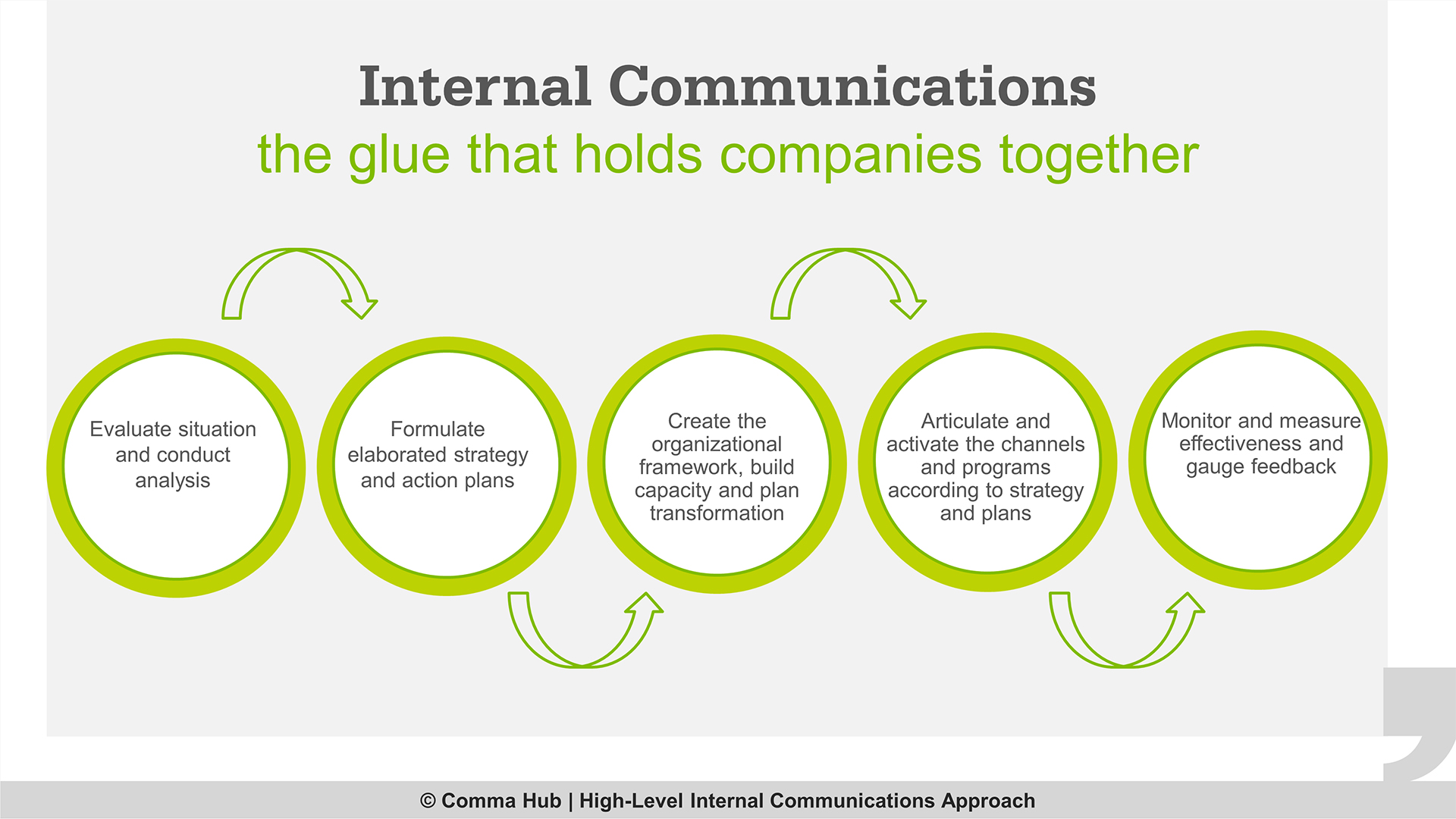Are you honoring Labor Day and making it an opportunity to rethink work from home and how internal communications make it more productive?
In most countries, “Labor Day” is synonymous with, or linked with, International Workers’ Day, marked on May 1st of every year. With the world Covid-19 pandemic imposing lock down and work from home, are you taking today as a day off? And how are you celebrating this day in your company?
Historically, the first Labor Day occurred on September 5, 1882 in New York City under the direction of the Central Labor Union. It came as workers had been struggling for years to reduce the 70-hour weeks on average they were putting in as a result of the industrial revolution. These long working hours caused many union organizers to work towards being entitled to a shorter eight-hour work day and reducing the workweek to just six days.
In 1890, working hours dropped, although the average manufacturing worker still toiled in a factory 60 hours a week. 130 years later, the world has witnessed a 42% drop in working hours for people in manufacturing today and most people working only five days a week. These figures might indicate that the fight over long working hours and no time off has been calmed down. However, the reality is that until our current days, nothing has changed as technology keeps a large part of the population constantly connected with work.
As an entrepreneur, business executive, or active employee in your company navigating the challenges imposed by Covid-19, you are most probably looking for ways to engage and communicate effectively with your teams and colleagues, especially those working from home and remotely.
Employee engagement is a top priority for organizations and companies of all sizes and industries around the world; companies are looking for effective ways to communicate with remote teams and employees working from home; the majority of them for the first time.

Anxious and worried about their survival on one hand, and keeping their jobs on the other, while coping with the uncertainty the world is witnessing, employees look to their companies for updates on the Covid-19 situation and decisions as to the future. Many organizations may not know the best way to push these messages to their teams, especially their remote teams, leading to a fragmented and inconsistent communication strategy that does not lead to the required business results.
More than ever, companies are turning to communication professionals to strategically partner with them during crisis management and to help them tackle business disruptions. For a fact, internal communication is essential for engaging employees and to keep everyone focused on business objectives and priorities. Internal communication involves producing, delivering and communicating messages and campaigns, as well as facilitating dialogue, and enhancing engagement.
Internal communication provides a holistic view of a company and makes it accessible to all employees, helps set the tone, builds an agile company culture, keeps people informed and makes them engaged, while comforting them during uncertain times, and enabling them to stay motivated and innovating during challenging times to achieve business objectives as best as possible.
To communicate effectively, a company should articulate its purpose, vision, mission, objectives and tone of voice and activate its internal communication channels, such as intranet, enterprise social network, employee newsletters, emailers, mobile communication apps to reach employees, wherever they happen to be working from using the convenience of their mobile devices and laptops.
Labor Day reminds us of all “workers” with full access to resources to undertake their work efficiently, as well as workers in remote areas, with limited access to laptops, or resources to receive compelling communications, to undertake their work properly, or simply to receive a communication that resonates with them on such celebrated day.
Together, let’s make all the difference in communicating effectively with your People during crisis times, and at all times.
